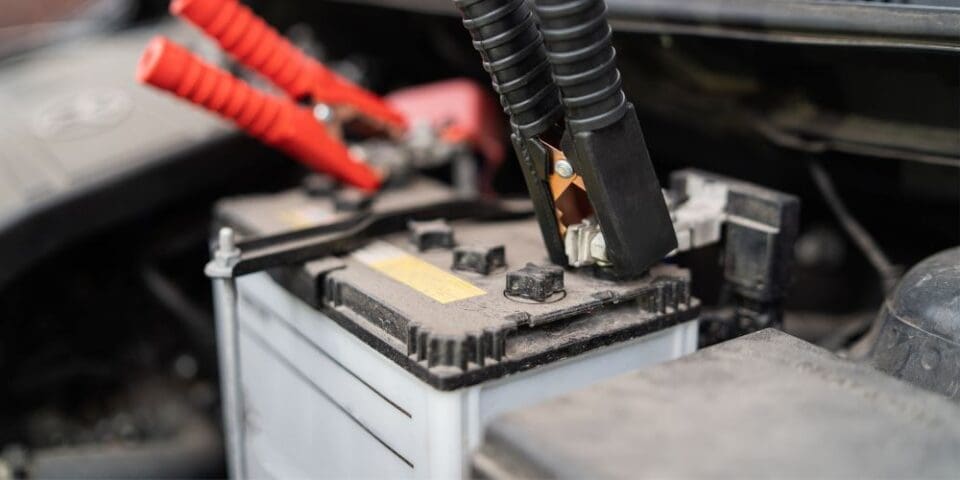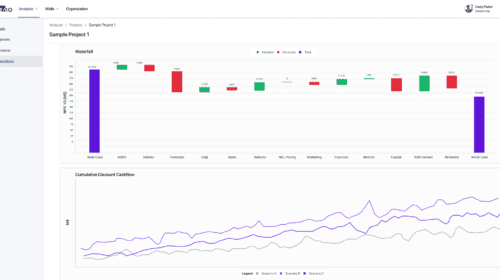The realm of energy storage is witnessing a paradigm shift with the advent of Redox Flow Batteries (RFBs). While Lithium-ion batteries have dominated the market due to their high energy density and efficiency, Redox Flow Batteries present a compelling alternative with distinct advantages that may revolutionize the industry. According to Consegic Business Intelligence, the Vanadium Redox Flow Battery Market is estimated to reach over USD 1,214.97 million by 2030 from a value of USD 298.11 million in 2022, growing at a CAGR of 19.5% from 2023 to 2030.
Redox Flow Batteries operate on the principle of redox reactions between two chemical electrolytes stored in separate tanks. The energy conversion occurs in a central cell where the electrolytes are pumped to facilitate the redox reaction, generating electricity. This design contrasts sharply with Lithium-ion batteries, where energy is stored and released through the movement of lithium ions across an electrolyte.
Advantages of Redox Flow Batteries
- Scalability: RFBs’ unique modular design allows for easy scalability. Unlike Lithium-ion batteries, where increasing capacity often requires redesigning or adding more cells in a series-parallel arrangement, RFBs can simply expand their storage tanks. This makes it cost-effective and straightforward to scale up for large grid applications or scale down for smaller needs. In RFBs, the power and energy capacity can be independently scaled. This flexibility allows for precise tailoring of the storage system to meet specific energy and power requirements, enhancing efficiency and performance.
- Longevity and Durability: RFBs can achieve up to 20,000 charge-discharge cycles with minimal degradation, compared to Lithium-ion batteries that typically endure 500-3,000 cycles. This extended lifecycle reduces the frequency of replacements, thereby lowering the total cost of ownership. Over time, Lithium-ion batteries suffer from capacity fading due to repeated cycling and thermal stress. RFBs maintain consistent performance over their lifespan because the electroactive materials are not stored within the electrodes but in external tanks, minimizing wear and tear.
- Safety and Stability: The aqueous electrolytes used in most RFBs, such as vanadium redox, are non-flammable, which greatly reduces the risk of fires and explosions. This contrasts sharply with the organic electrolytes in Lithium-ion batteries, which can be highly flammable. RFBs can operate safely over a wide range of temperatures without the need for complex thermal management systems. This stability simplifies system design and enhances reliability, particularly in extreme environments.
- Environmental Impact: RFBs often use vanadium, which is abundant and can be reused, thus minimizing environmental impact. Unlike Lithium-ion batteries, which require the mining of scarce and environmentally damaging resources like cobalt and nickel, RFBs use materials that are more sustainable and less harmful. At the end of their life, RFB components are easier to recycle. The electrolytes can be reprocessed and reused, and the materials used in the cells are less toxic compared to those in Lithium-ion batteries, resulting in safer disposal and lower environmental impact.
Recent Developments and Advancements
- Iron Flow Batteries: Companies like ESS Inc. are pioneering iron flow battery technology, which promises lower costs and higher efficiency. Iron is more abundant and less expensive than vanadium, potentially reducing the cost barriers to widespread RFB adoption.
- Advanced Membranes: Improvements in membrane technology are enhancing the performance and durability of RFBs. For example, developments in ion-selective membranes are reducing crossover and improving efficiency, which translates to better energy storage and retrieval.
- Government and Industry Support: The U.S. Department of Energy has launched several initiatives to integrate RFBs into the power grid. These projects aim to leverage the long-duration storage capabilities of RFBs to stabilize renewable energy output, thus facilitating a more resilient and reliable grid infrastructure.
Comparative Analysis
While Lithium-ion batteries will continue to play a crucial role, especially in applications requiring high energy density and compactness, RFBs offer a viable alternative for large-scale, long-duration energy storage. RFBs can provide stable, long-duration energy storage, which is essential for balancing intermittent renewable energy sources like wind and solar. Their ability to discharge over extended periods makes them ideal for grid applications, reducing the reliance on peaking power plants. As the energy sector shifts towards more renewable sources, the need for reliable storage solutions becomes critical. RFBs’ scalability and durability make them well-suited for integrating with solar farms and wind turbines, smoothing out fluctuations, and ensuring a consistent power supply.
In conclusion, Redox Flow Batteries represent a significant advancement in energy storage technology. Their scalability, longevity, safety, and environmental benefits position them as a formidable competitor to Lithium-ion batteries. As technological innovations continue to evolve, RFBs are poised to play an integral role in the future of sustainable energy infrastructure.
Oil and gas operations are commonly found in remote locations far from company headquarters. Now, it's possible to monitor pump operations, collate and analyze seismic data, and track employees around the world from almost anywhere. Whether employees are in the office or in the field, the internet and related applications enable a greater multidirectional flow of information – and control – than ever before.












